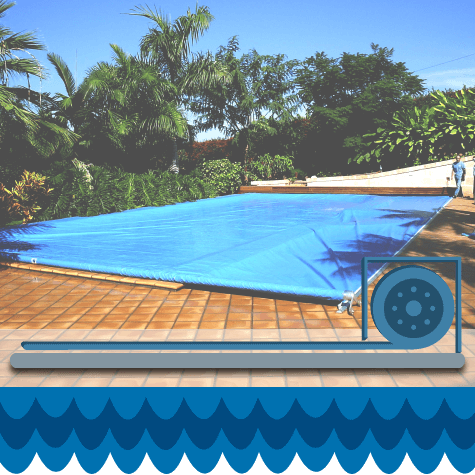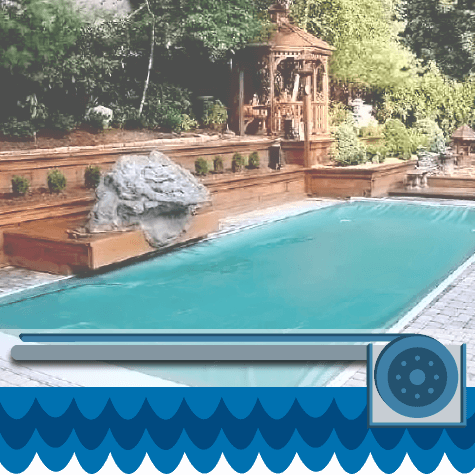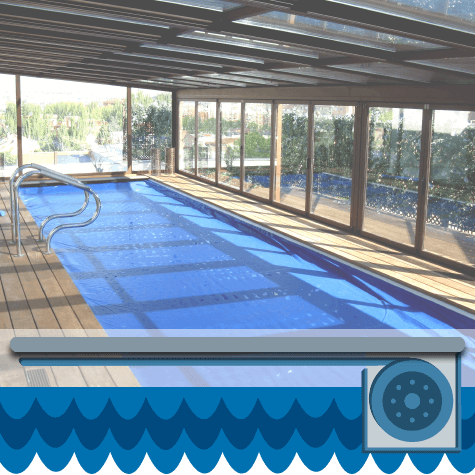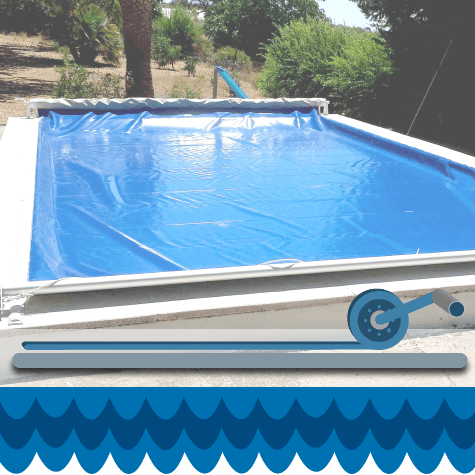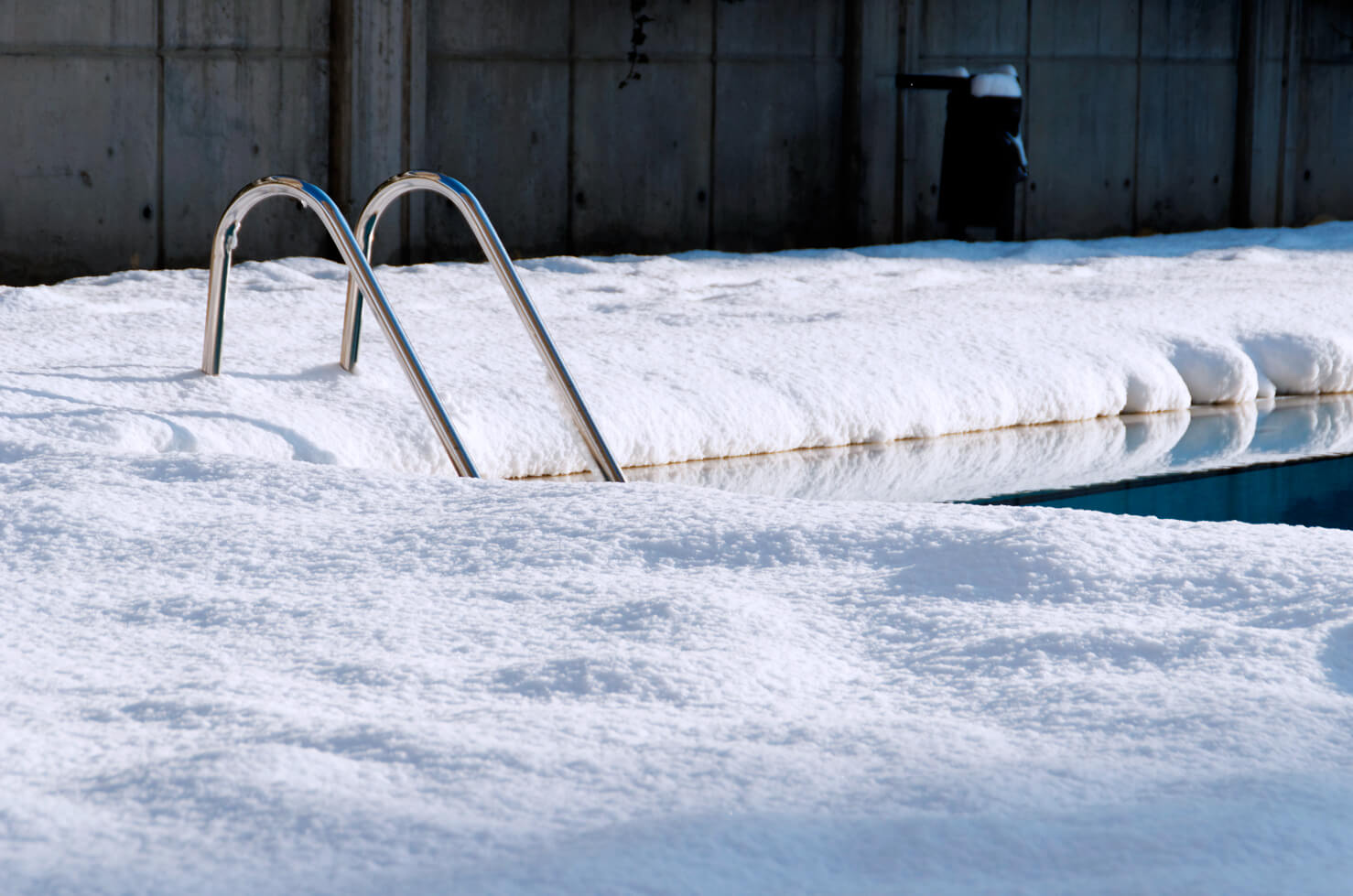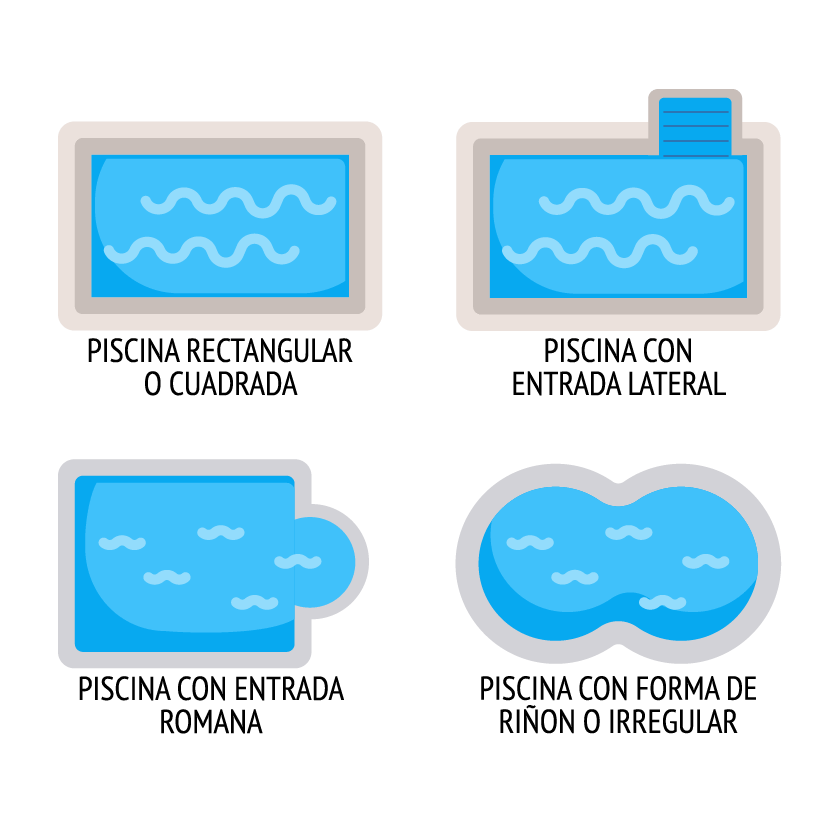With the arrival of September and the return to routine, many people are already considering the end of the swimming season. Before starting to pile up firewood for the fireplace, we should think about preparing the pool to withstand the cold months. Doing it correctly will allow us to save a lot of time and money for next year.
From Capcovers we give you some tips for when you decide it’s time for the last dip. They are not complicated at all, and thanks to them you will enjoy the pool from the first moment when the heat arrives.
Prepare your pool for winter
1. Full or empty? This is one of the first questions that arise when the cold weather sets in. Pool water has a “shelf life” of five years, so maintaining it is better for our pocketbook and, of course, for the environment. Failure to do so can cost up to six times as much at the start of the next season. In any case, make sure that the water level is below the skimmers, so that they do not suffer in case of water freezing.
2. We recommend a thorough cleaning to leave the pool in optimal conditions before preparing it for winter: filter, skimmers, bottom and walls. If possible, remove the ladders, empty the water from the showers and protect them from inclement weather by lining them with plastic, for example. If you live in a very cold or frost-prone area, it is best to leave objects floating in the pool water, such as plastic bottles, so that they can withstand the pressure of the ice and reduce the risk of cracks or breaks in the pool.
3. Indispensable products for winter water maintenance are the pH stabilizer, the algaecide and the disinfectant (chlorine). The pH level should always be between 7.2 and 7.6 so that the disinfectant effect is ideal and the water does not become cloudy, and the algaecide prevents the water from taking on a greenish tone, which can also be transferred to the pool walls. Remember that when the water temperature is above 15º you should intensify the control.
In case your pool is located in a second residence, you can opt for winterization, with specific products that only need two doses per year and two water purification sessions. To be really effective, you must first perform a shock chlorination with the pump in motion, as well as keep the filter running to ensure a homogeneous distribution of the product. During the time the pool is wintered, no one can use it.
The filter should run for a few hours a week, although you can gradually reduce its use as temperatures drop. In the same way, you should run the cleaner when you see that dirt begins to accumulate.
4. The ideal is to cover the poolIt protects it from leaves, soil and other elements, which contribute to the acceleration of water decomposition, and from sunlight. It also protects the pump mechanisms, prevents water evaporation and keeps the temperature more stable, which reduces the use of chemical products by 35-50%. Finally, it is a perfect safety system to avoid unexpected falls of children or pets.
You can do it with a fixed pvc cover or with an automatic cover. The good thing about the latter is that, in addition, you will enjoy the advantage of being able to periodically check the state of the water by simply turning a key. This way you can be sure if it is still in good condition or if any extra care is needed.
5. If the option is to leave it open, as is, maintenance must be constant. The treatment plant will have to operate longer, without taking into account, of course, that the quantities of product used will be greater, as will the accumulation of waste.
Although it may seem a nuisance, these maintenance tasks should not take you more than a couple of hours a month, nothing compared to the time you would have to spend if you did not take care of the pool during all these months!

